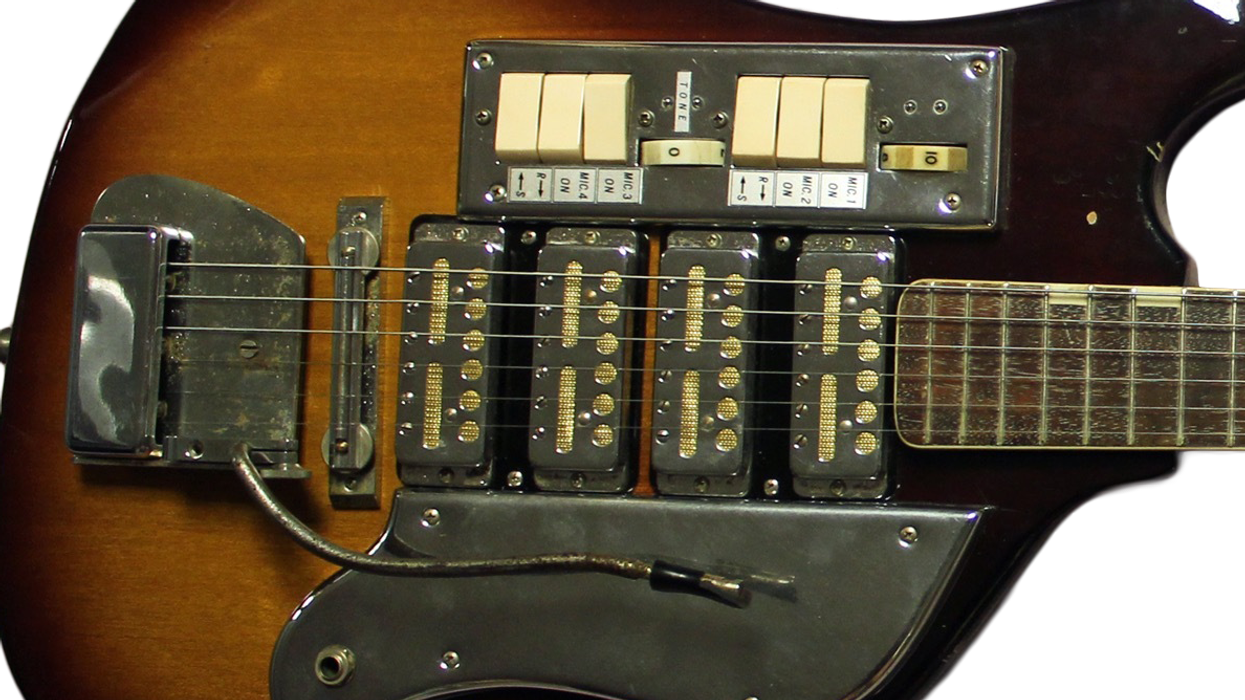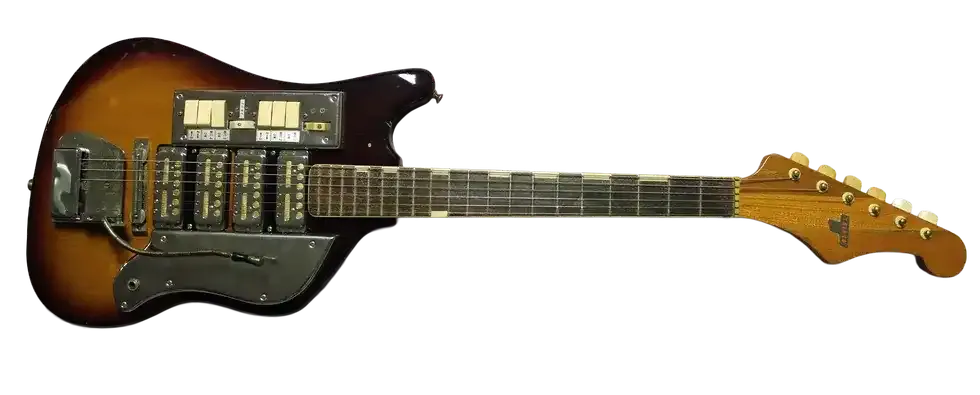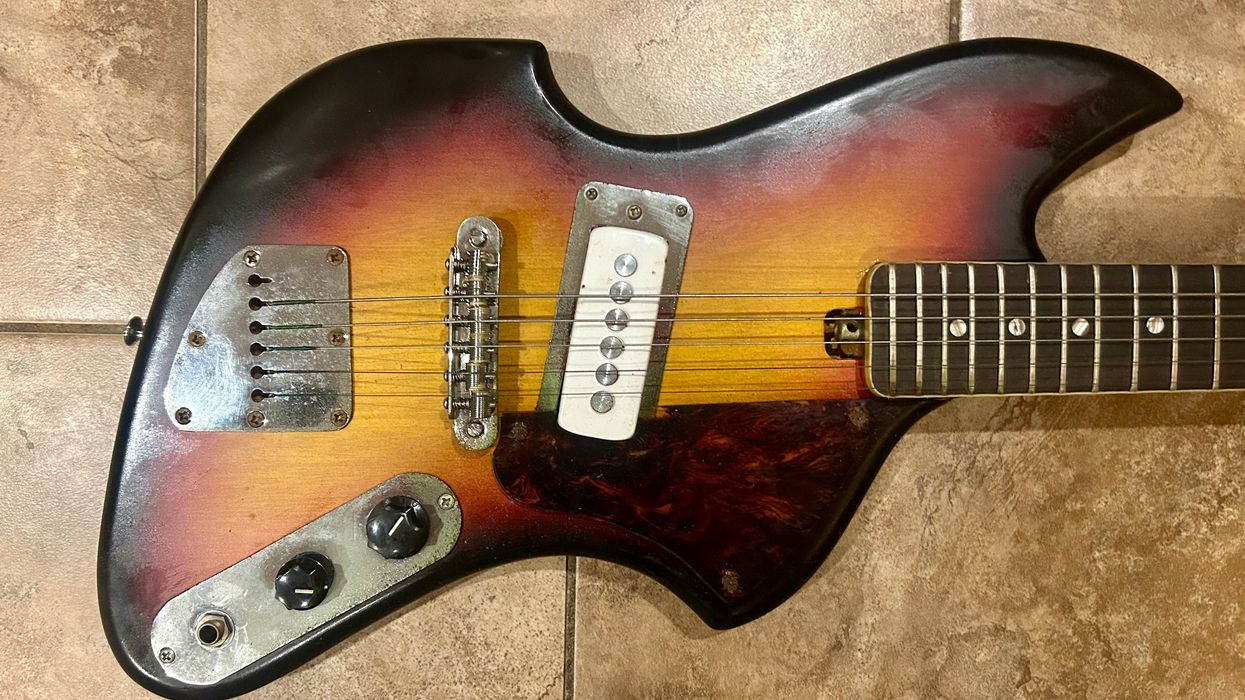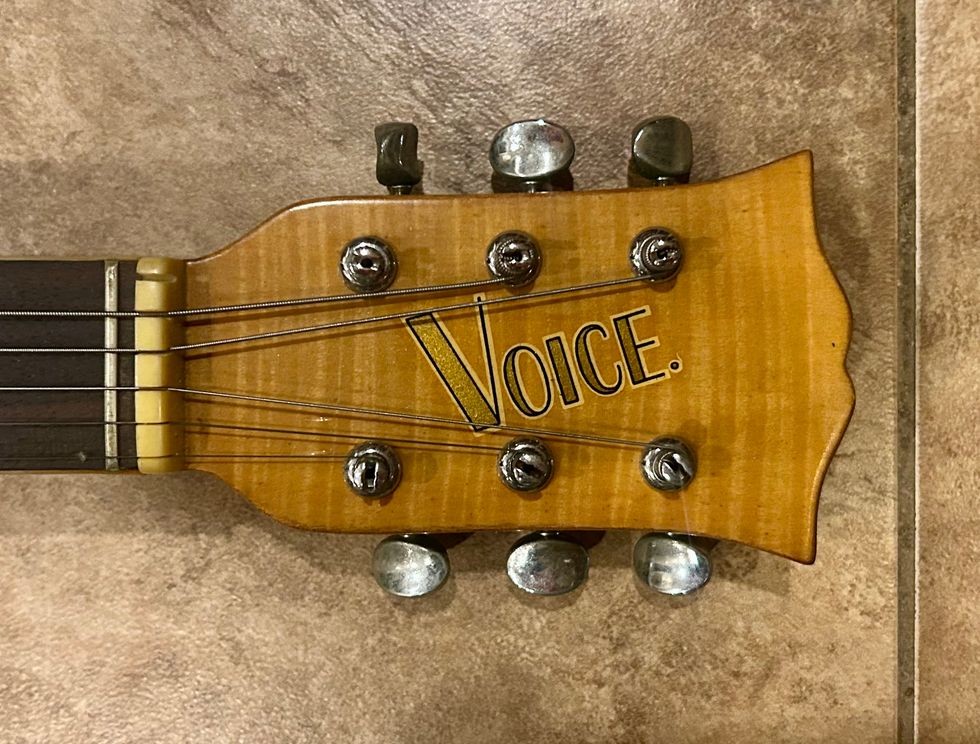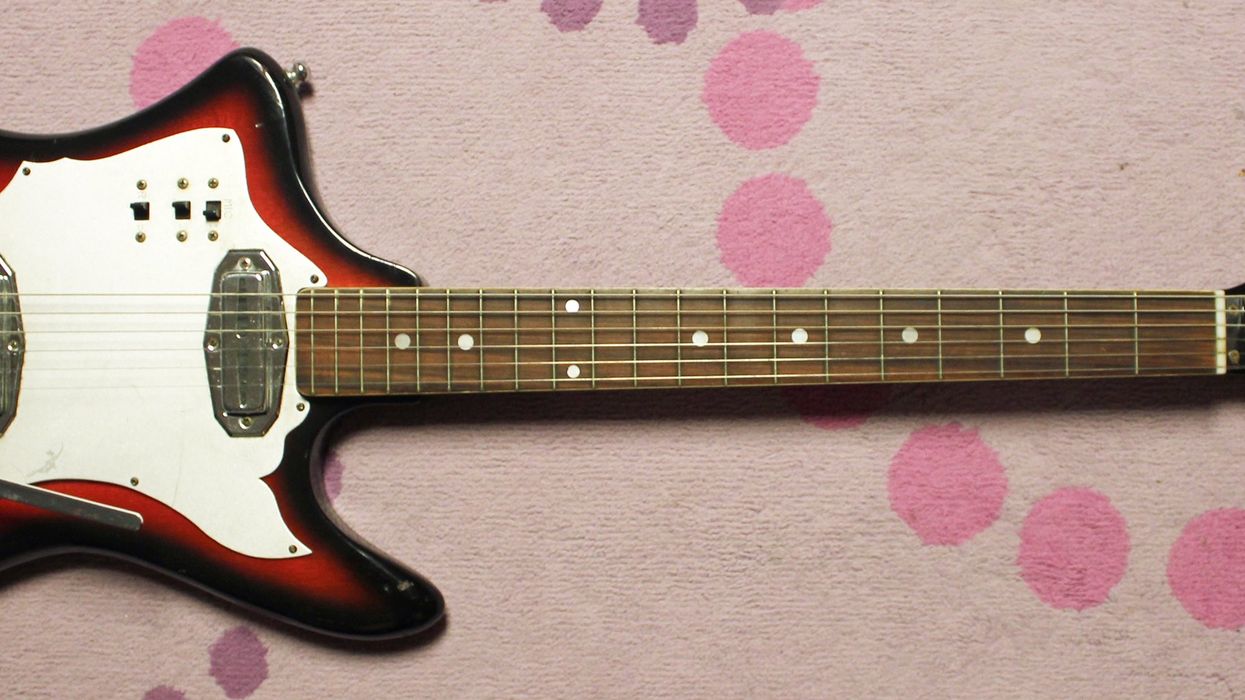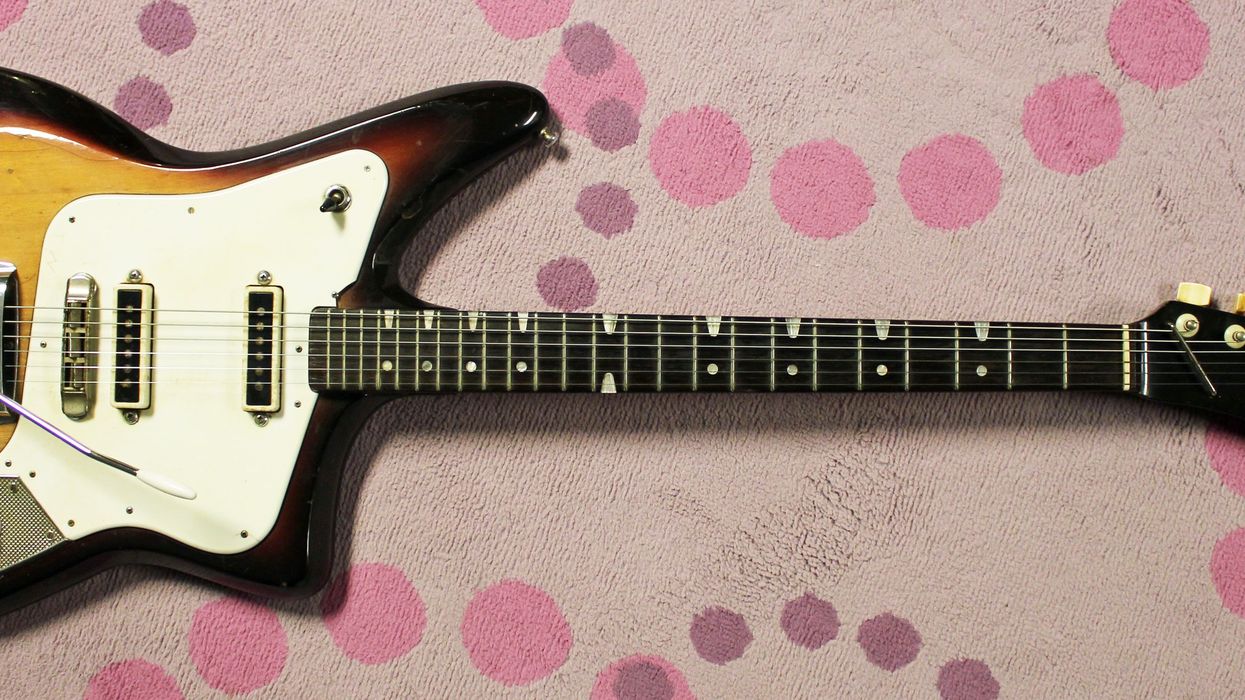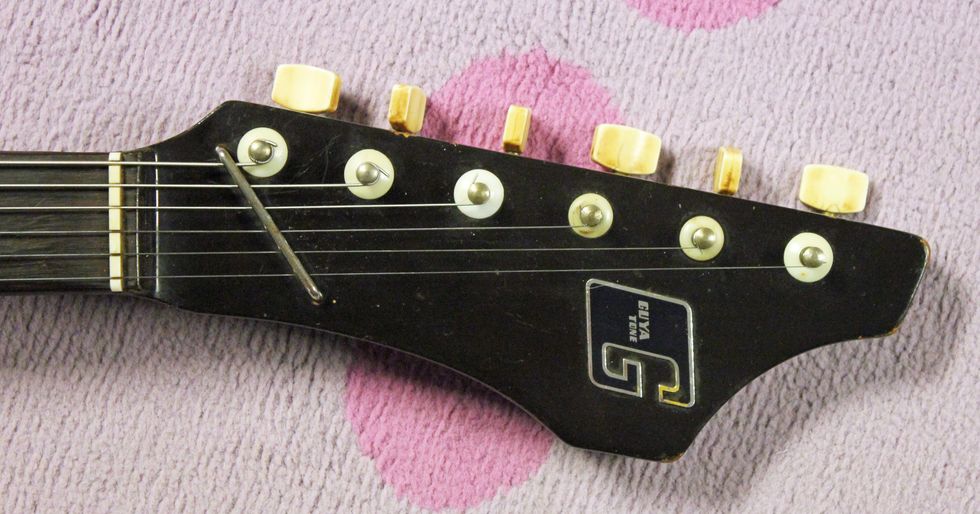So, back in the day, there was this secretive criminal organization named SPECTRE, which stole an atomic bomb and then threatened to blow up a major metropolitan area unless its ransom demands were met. One of the leaders of SPECTRE was Emilio Largo, identifiable by his eyepatch. He lived in the Bahamas and had a couple of local associates, namely Count Lippe, Fiona Volpe, and Domino Derval, and they all hung out on Emilio’s ship, the Disco Volante. And British MI6’s Agent 007 was sent to investigate, foil the criminal efforts, and recover the bomb!
How’s that for an introduction!? Now, in case you don’t know, I’m talking about the plot of one of the most successful and popular James Bond movies ever made … Thunderball! It premiered in December 1965 in Tokyo, and was the third highest-grossing film of that year. Starring Sean Connery as the enigmatic 007, the movie featured all sorts of action sequences and the high-tech gadgetry that makes the Bond films popular with spy enthusiasts. So why am I talking about a Bond film from 1965? Well, aside from all the cool characters (plenty worthy of Japanese brand names), there was quite a bit of merchandise that further contributed to the film’s popularity. I’m not sure about licensing structures back in 1965, but I’m sure there was some good ol’ bootlegging going on.
For example, in 1966, the large Chicago-based music retailer Don Noble & Company began to use the name “Thunderball” as an additional label. While the company had always used the Noble badge on all its musical instruments, they were then renamed as the “Sensational New 1966 Noble Thunderball TV” line. I suppose Noble simply decided to pounce on the Thunderball movie’s popularity—of course, probably without all the messy and expensive licensing fees. Either way, the 1966 Noble TV594 Thunderball, manufactured by the Japanese Kawai Musical Instruments company, was the king of the catalog!
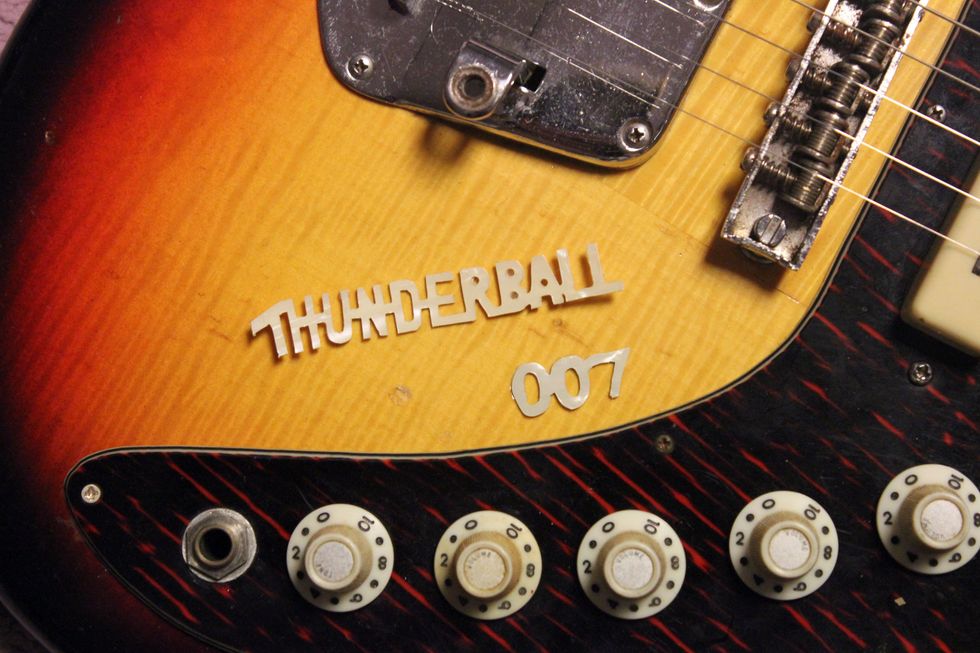
Too subtle?
That year, Kawai was making a ton of imports and had recently purchased the Teisco Company. Kawai was setting up to be a guitar-making force and was exporting to points across the world. Noble had been contracting with Kawai for a few years already, and this particular Noble TV594 was an exclusive. The neck has that great old chunky Kawai feel and the guitar balances well. The pickups used in this guitar are leftover stock from the Japanese Shinko Gakki factory (makers of Intermark Cipher guitars), which had gone bankrupt. The instruments sound amazing, with that typical, aggressive single-coil punch that only came from Shinko Gakki. In fact, Shinko modeled most of their pickups on Italian EKO or British Burns models. If you’ve ever toyed around with Burns Tri-Sonic pickups, then you’ll dig.
Neatly affixed to the upper pickguard is a clever little plastic badge that reads, “Thunderball 007.” Yep, it wasn’t enough to share the movie name…. They even used Ian Fleming’s main character to promote the guitar. And if you really think about it, the TV594 would totally be the electric guitar of choice for Bond. Plenty of knobs, switches, and pickups!
Folks, I can’t recall another vintage Japanese electric guitar promoting a movie, and maybe this is the first instance. What I can say, for sure, is that not many of these guitars survived, and to find an example with the little “Thunderball 007” logo is crazy rare. I’ve seen two.
So there you have it: another little history lesson between guitars and pop culture. I wonder if even the most rabid 007 collector has one of these? Maybe it’s the one pictured here?
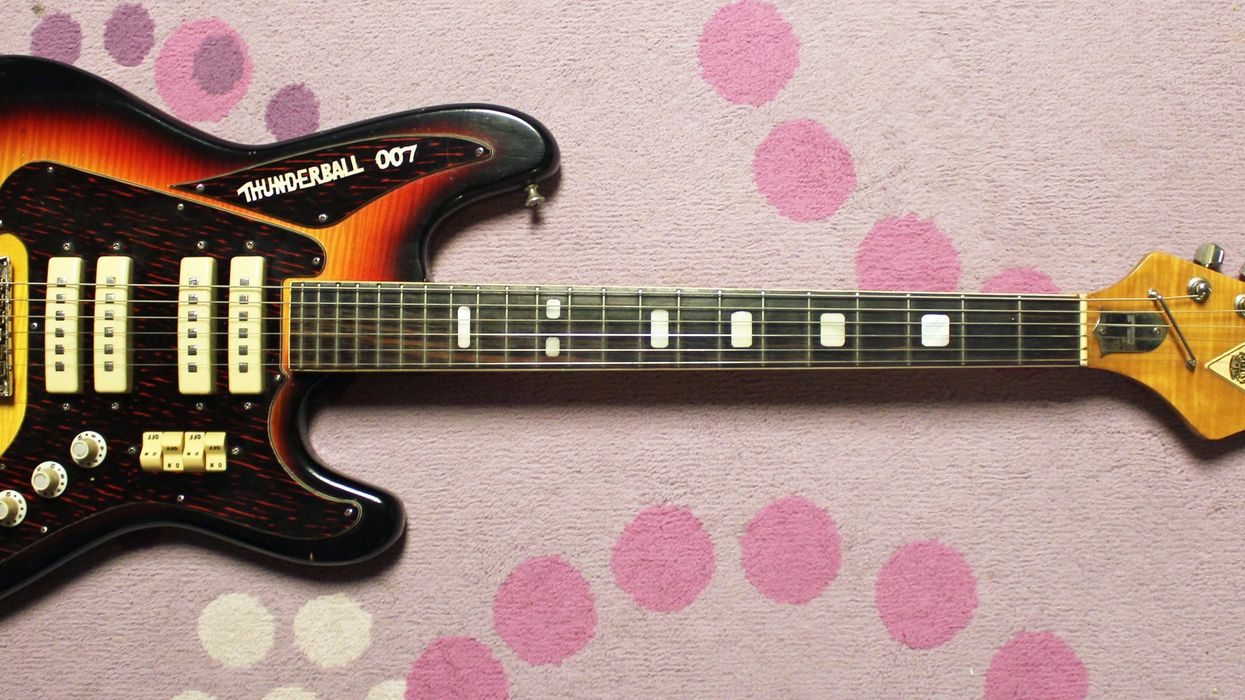

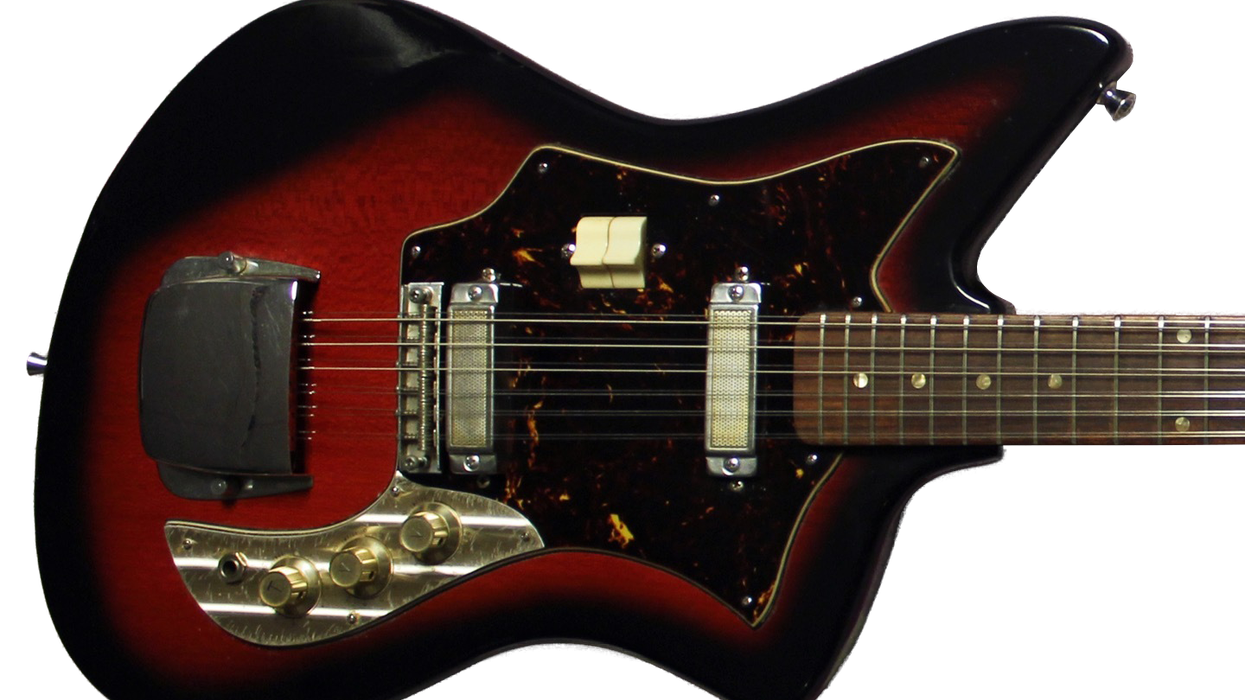
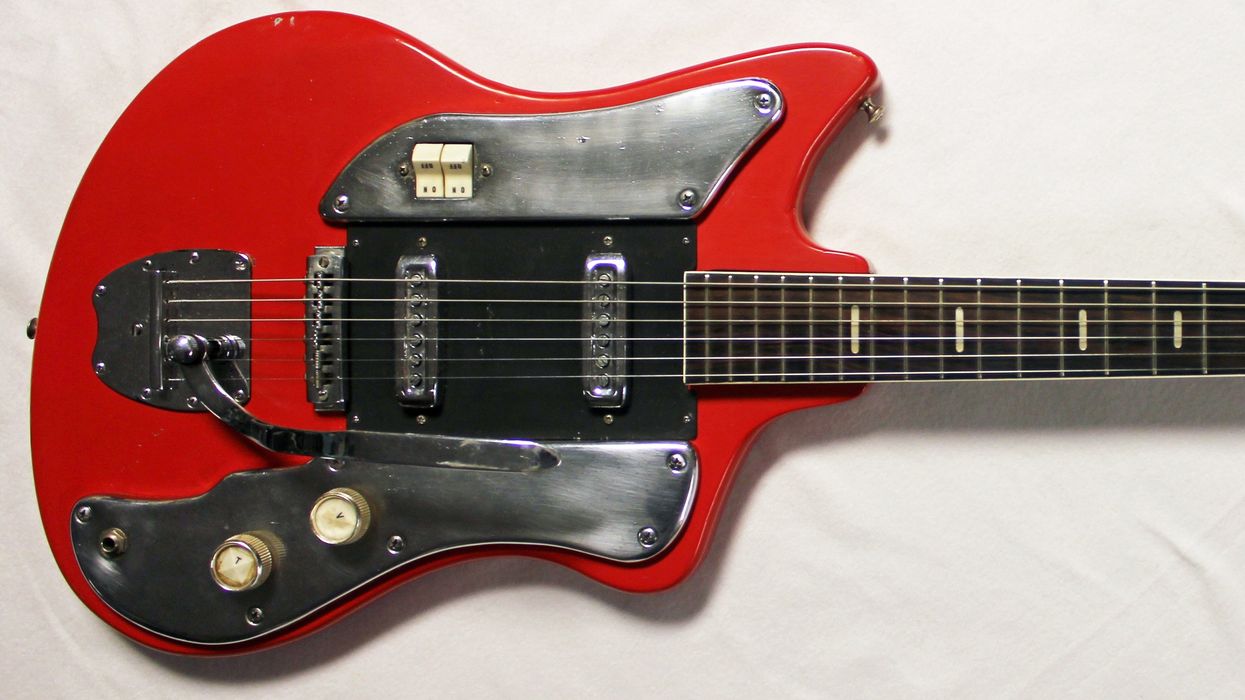
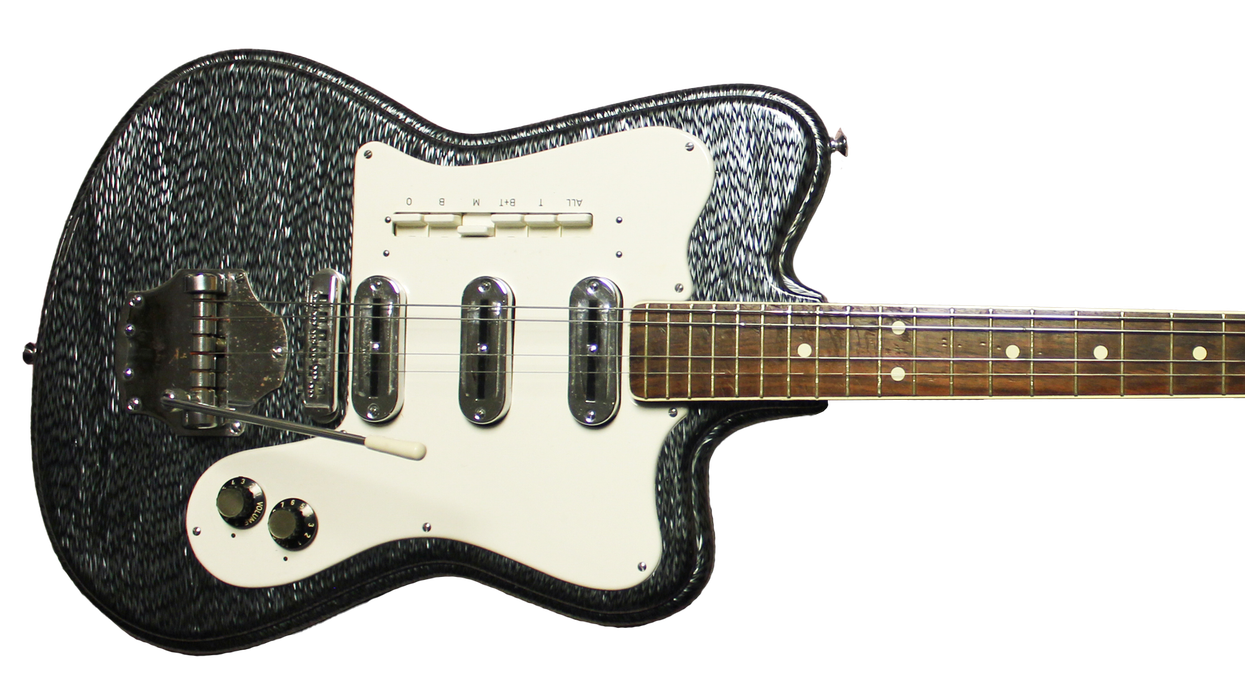
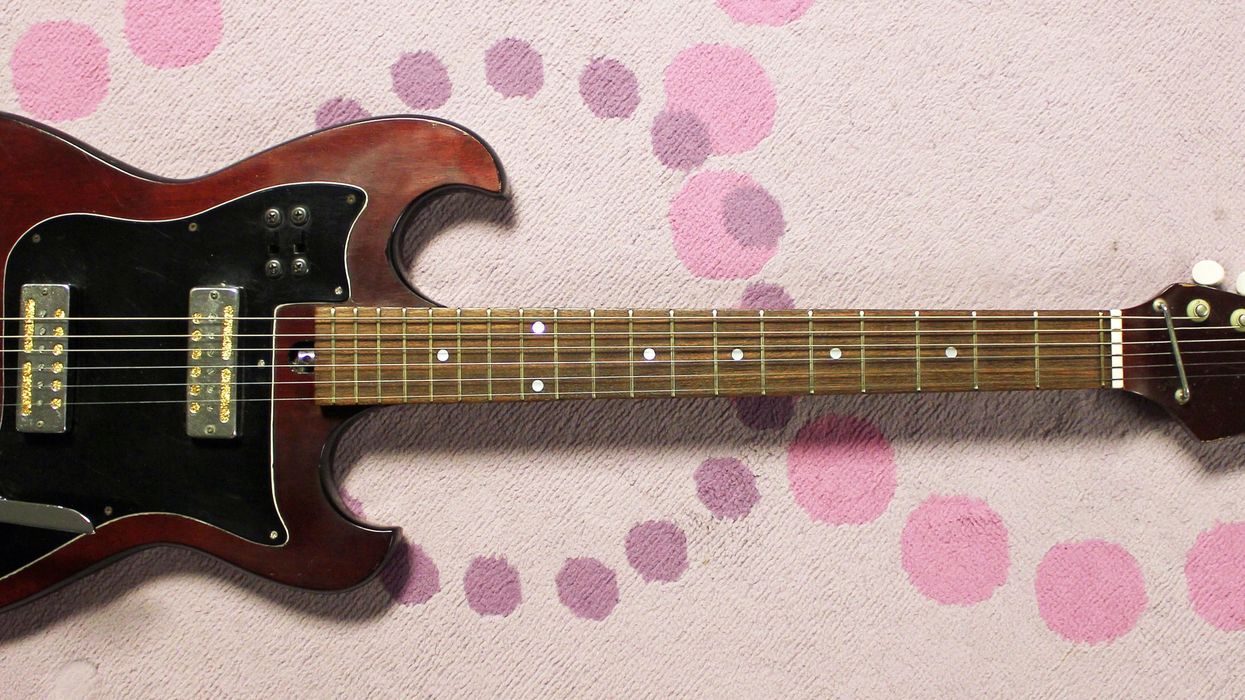
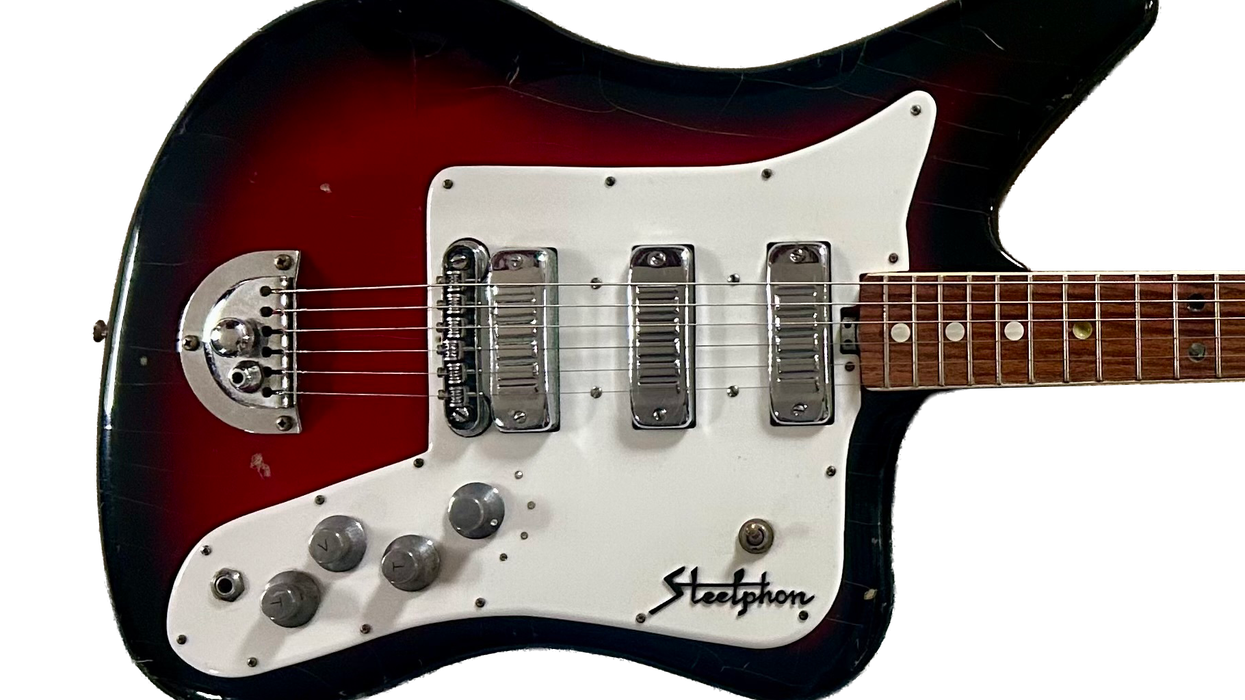
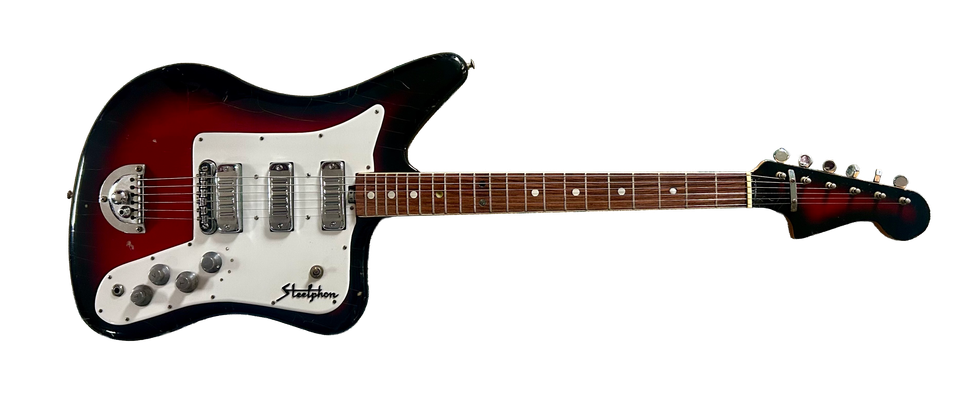 Then, in the dream, I “awoke” and realized I was back in my bedroom, and it was all just a dream. The kicker is that I was still dreaming, because that “paddle” guitar was suddenly in my hands—then I woke up for real! How about that misadventure?
Then, in the dream, I “awoke” and realized I was back in my bedroom, and it was all just a dream. The kicker is that I was still dreaming, because that “paddle” guitar was suddenly in my hands—then I woke up for real! How about that misadventure?





